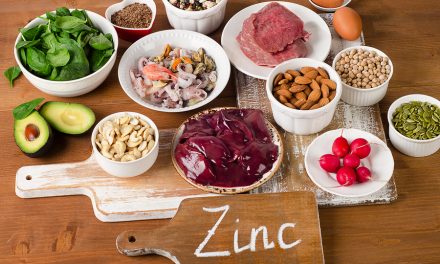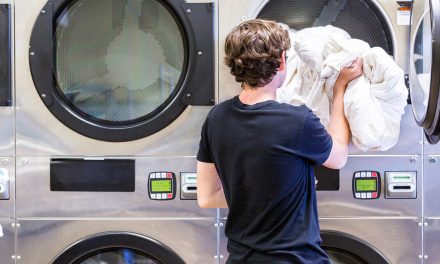(Now that the dirt is some places is about to freeze until the Spring, I thought you all might enjoy this story… XO~ Erin)
Sean Brady is a chemist who knows and loves dirt. In fact, on a trip to Central Park (with the author of the full story, found here), he explains that from a pinch of dusty soil “…you can get enough to do DNA analysis.”1 But it’s the why he would do that that’s so fascinating: Brady creates drugs from dirt and he’s certain that the world’s topsoils contain “incredible, practically inexhaustible reservoirs”2 of undiscovered antibiotics. Brady says, “Right here we can find all … the … drugs … in … the world. Pretty cool, I must say.”3
“The world is facing an epidemic of infections that no longer respond well to the drugs used to treat them—also known as super bugs. In the United States, an estimated 2 million Americans are diagnosed each year with an infection that doesn’t respond to antibiotics, and 23,000 will die from those infections.”1
But because the vast majority of bacteria cannot be grown in the lab Brady found a workaround:
“By cloning DNA out of a kind of bacteria-laden mud soup, and reinstalling these foreign gene sequences into microorganisms that can be grown in the lab, he’s devised a method for discovering antibiotics that could soon treat infectious diseases and fight drug-resistant superbugs.”4
And so, in early 2016, he launched Lodo Therapeutics (lodo means mud in Spanish and Portuguese) in order to “to scale up production and ultimately help humanity outrun”5 the infectious diseases that soon might be drug resistant.
RELATED STORY:
Perhaps because relatively few people are impacted by antibiotic resistance, science hasn’t invested a ton of time trying to find new drugs. That might also be why few people think about a future where “untreatable staph, strep, tuberculosis, leprosy, pneumonia, cholera, diphtheria, scarlet and puerperal fevers, dysentery, typhoid, meningitis, gas gangrene, and gonorrhea”4 are real…out of sight out of mind.
But that’s our future if we don’t do something. And maybe even if we do. Which makes Brady’s work all the more important.
(The full story from Wired is amazing and can be found here.)
RELATED STORY:
“The researchers say that based on their research, malacidins may be able to attack and kill many types of superbugs. In early tests in rats infected with methicillin-resistant Staphylococcus aureus (MRSA), the researchers found that the molecules were able to sterilize the infection area.”2
Just remember, the more we use antibiotics, the less effective they become and the more likely it is that resistant strains will emerge. Antibiotics should only be used when all other possibilities have been exhausted. Only when totally and completely necessary.












